9 Fruits You’ll Never Mess Up Choosing Again
We bet we’re not the only ones who pick beautiful and seemingly ripe fruit only to later find out they’re actually overripe or still green.
For everyone who has the same problem, we at FunnyModo compiled some professional advice on how to pick the best fruit.
Pomegranate
- The rind should be red to dark red without dark patches.
- A ripe pomegranate is always heavier than an unripe one. So, with two identical fruit, pick the heavier one.
- A pomegranate should be springy to touch but not soft: the latter is a sign of it having been frozen.
- There should be no green inside the calyx, and the calyx itself should not be green.
Pineapple
- A pineapple shouldn’t be too fragrant as it’s a sign of the fruit being overripe.
- If you press on a pineapple and there’s a dent left, then it’s overripe. Green skin, however, isn’t indicative of it being unripe but just a peculiarity of its variety. When picking a pineapple, pay attention to the uniformity of color and dark patches.
- The leaves of a perfectly ripe pineapple are green and slightly wilted at the ends. Fully green leaves are a sign the fruit was picked too early.
Mango
- Mango fruit can be yellow, green, or red, depending on their variety. In some varieties, you can’t even tell a ripe fruit from an unripe one by color. The perfect indicators of ripeness are dark patches on the skin: if there are some, the fruit is great.
- A hard mango is always unripe. A ripe one should be soft but not too soft: if the skin can be damaged with your finger, the fruit is overripe.
- Ripe mangoes have a sweet and slightly coniferous smell that is stronger by the stalk.
Pomelo
- Pomelos can be yellow, green, or orange. A patchy color says chemicals were used in the growth process while not saying anything about ripeness.
- A pomelo should be hard to touch, guaranteeing lots of juice.
- The shape of this giant citrus can be anything from round to pear-like.
Papaya
- The main sign of a ripe papaya is its yellow or orange skin. Green skin is characteristic of unripe fruit, although some Asian dishes are made with green papaya.
- The ripest fruits have a uniformly colored skin, but pay attention to its softness too: if the skin is all right but the papaya is hard, it’s not ripe yet.
- Small dark patches won’t affect the taste of papaya, but big ones are indicative of overripeness.
Passion fruit
- A ripe passion fruit has wrinkled skin. Smooth skin is a sign of unripeness, but if you want to eat it in a few days, a smooth fruit is your choice.
- Passion fruit should be either purple or yellow. A green one has been picked before it was ready.
- A passion fruit should be quite heavy: an 8 cm perfectly ripe one weighs about 50 g.
Feijoa
- Pay attention to the size of feijoas: the larger the fruit, the better they are.
- Ripe fruit should have a sweet pineapple-like smell.
- The inside of the fruit should be transparent. White pulp is indicative of unripeness.
- Don’t buy hard feijoas: they are not ripe yet.
Quince
- A ripe quince is yellow without green patches.
- Ripe fruit are dense and springy to touch, while hard ones are not yet ready to eat.
- A strong fragrance is a good sign of ripeness.
- If the skin of a quince is damaged, it will spoil very quickly.
- Depending on the variety, a quince can be round or pear-like.
Avocado
- A ripe avocado’s skin can be brown or bright green depending on the variety.
- The pit will rattle inside if you shake a ripe avocado.
- Press on the fruit to see if a dent will stay. If it does, then the avocado is ripe. If it doesn’t go away, it’s already overripe.
Preview photo credit depositphotos

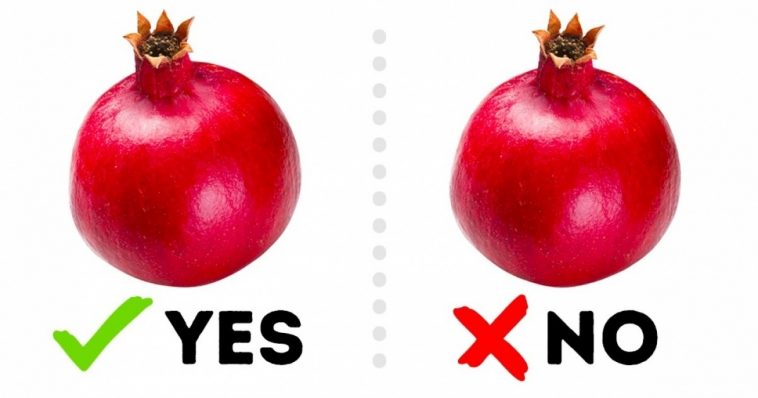
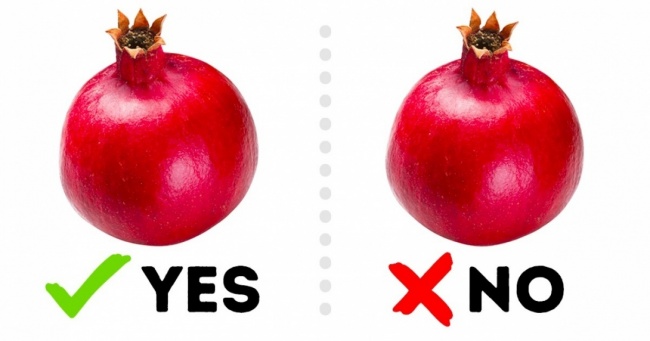

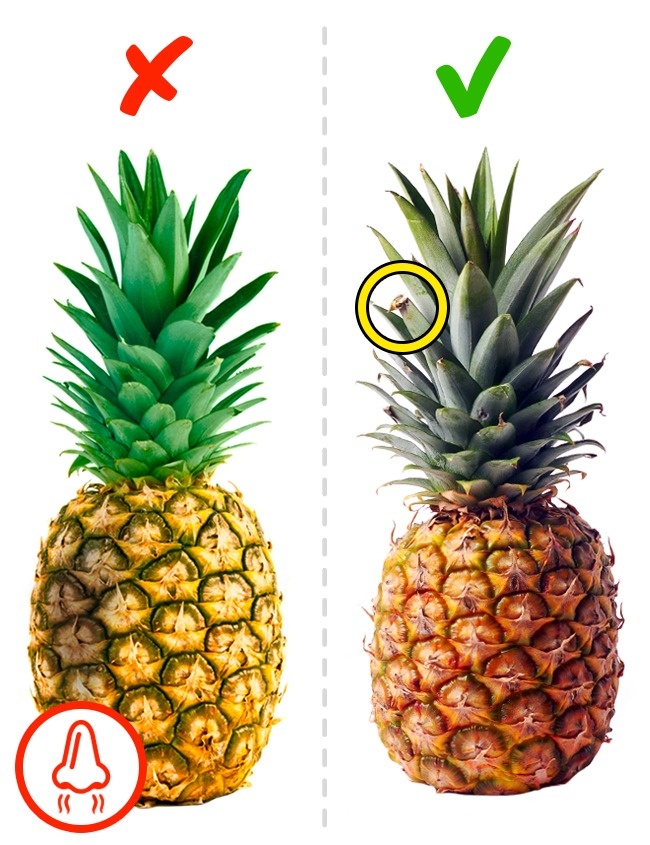


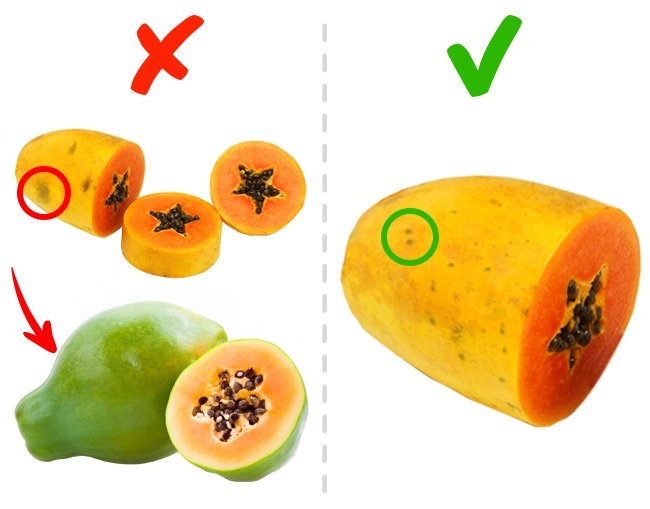
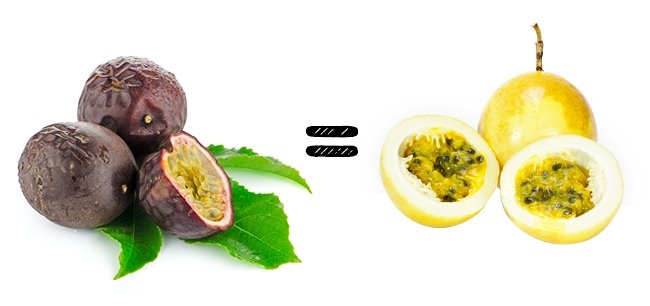
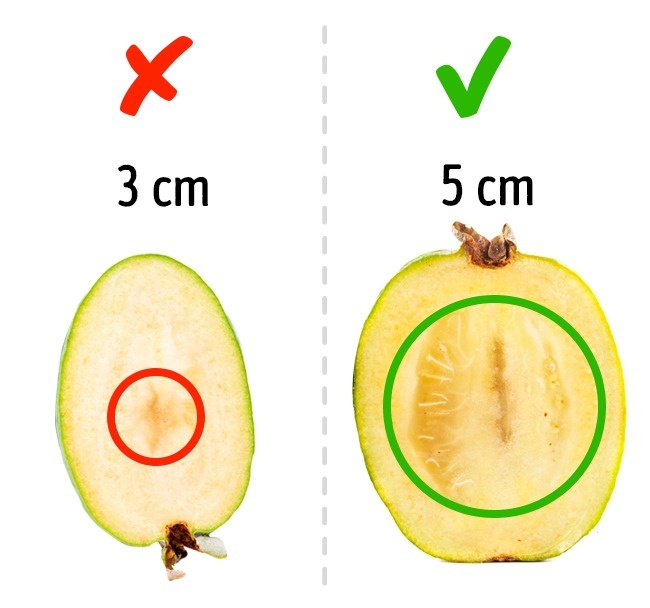
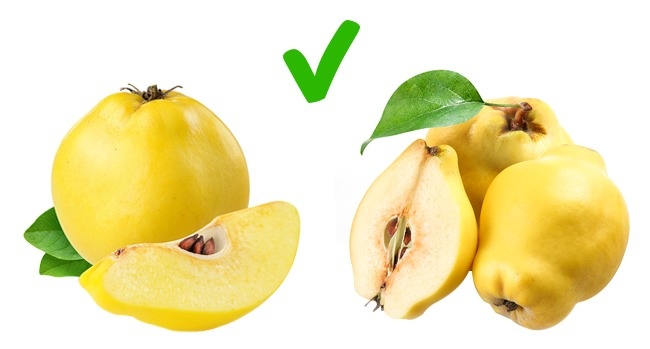
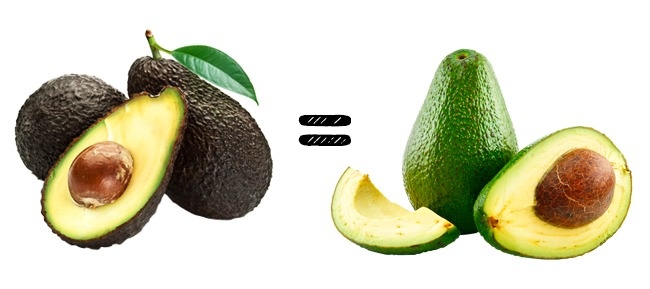


Comments